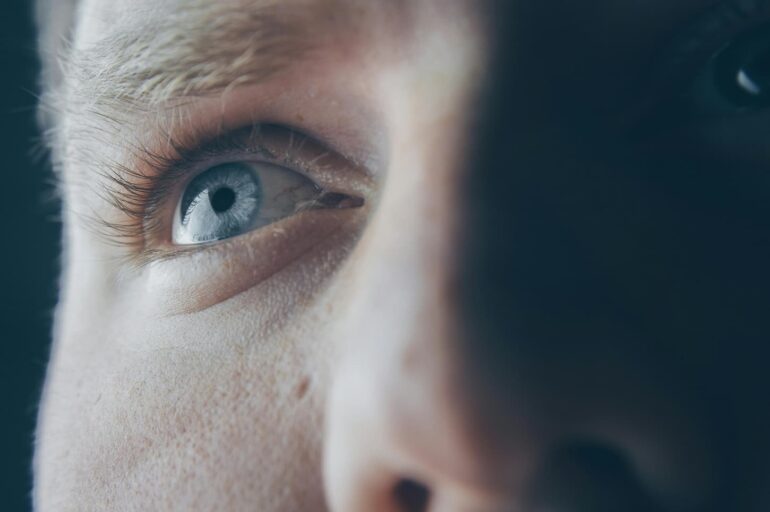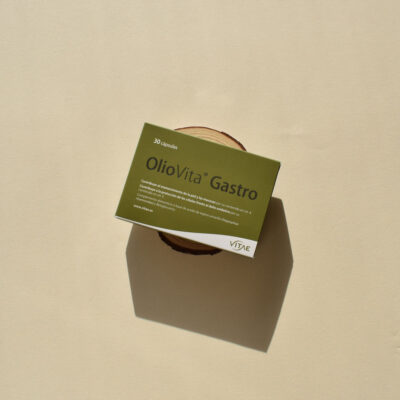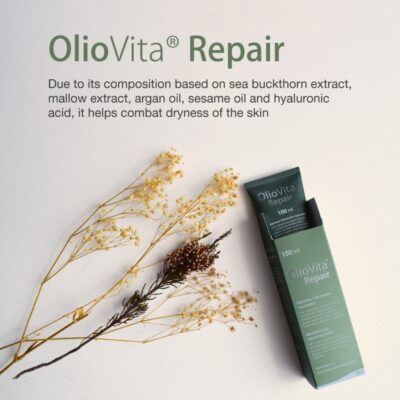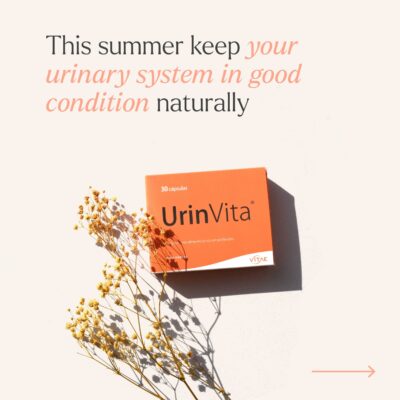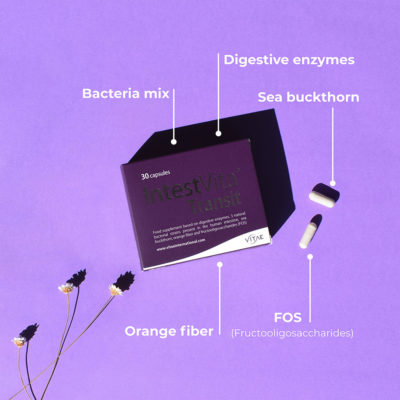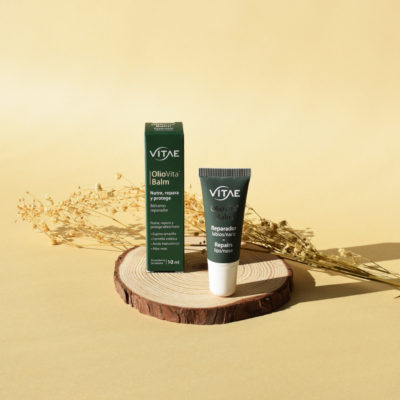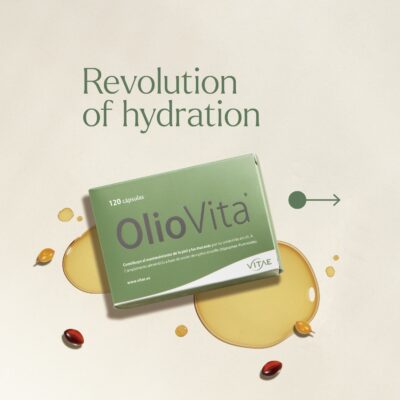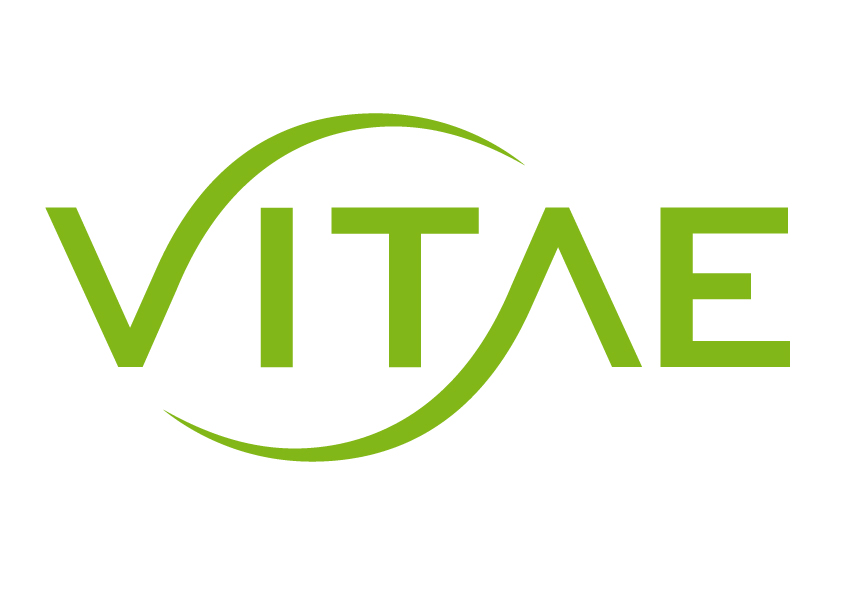What is Dry Eye Syndrome?
Definition and Common Symptoms
Dry eye syndrome occurs when the surface of the eye is not adequately lubricated. This may be due to insufficient tear production or tears evaporating too quickly. The result? Discomfort such as itching, redness, a gritty sensation, stinging, or even blurred vision.
Who Does It Affect and Why Is It Becoming More Common?
Although it can affect anyone, dry eye is more common as we age. Increasingly, younger individuals are also experiencing it due to modern lifestyles, particularly heavy screen use. What used to be an occasional discomfort has now become a chronic issue for many.
Sight is our most important sense, accounting for up to 80% of what we perceive. That’s why maintaining good eye health is crucial. Dry eye—or dryness of the ocular surface—is a very common ophthalmologic issue that can be triggered or worsened by various factors (autoimmune, environmental, hormonal, toxic, etc.). In Spain, it affects around 5 million people (11% of the population), but only 34% receive treatment.
Anyone can develop this syndrome, but you’re more likely to if you:
-
Are over 50
-
Are female
-
Wear contact lenses
-
Have a low intake of vitamin A (carrots, broccoli, liver) or omega-3 fatty acids (fish, nuts, vegetable oils)
-
Have autoimmune conditions like lupus or Sjögren’s syndrome
Risk Factors
-
Prolonged use of computers, smartphones, and tablets
-
Dry or air-conditioned environments
-
Natural aging
-
Hormonal changes, such as menopause
-
Use of contact lenses
-
Eye surgery and certain medications
Causes of Dry Eye: Why Is Ocular Lubrication Affected?
Reduced Tear Production
With age or due to external factors, our tear glands produce fewer tears.
Increased Tear Evaporation
An unstable tear film evaporates easily, especially if the lipid (oily) layer is compromised.
Chronic Inflammation and Dysfunction of the Meibomian Glands
These glands, located in the eyelids, secrete lipids that protect the tear film. When they don’t work properly, eye dryness worsens.
Impact of Dry Eyes on Quality of Life
Dry eyes go far beyond a mild nuisance. People with this condition experience persistent burning, itching, gritty or foreign body sensation, light sensitivity, and fluctuating vision—especially at the end of the day or after prolonged screen time. These symptoms directly affect daily activities like reading, driving, working, or even sleeping.
Moreover, the constant need to use eye drops or blink frequently for relief can cause anxiety and frustration. Many people experience visual fatigue, headaches, and reduced work productivity—particularly those in screen-heavy jobs. In more severe cases, dry eye can even impact mood and the quality of nighttime rest. For all these reasons, its impact should not be underestimated: taking care of your eyes means taking care of your overall well-being.
Common Treatments: Artificial Tears and Beyond
The most common treatments for dry eye typically start with artificial tears. These eye drops offer quick hydration and temporary relief. However, they’re not always enough—especially in chronic cases or when the main issue is tear quality or excessive evaporation rather than lack of tears.
Limitations of Eye Drops
Artificial tears don’t address the root of the problem: they only provide temporary moisture without improving tear quality or the glands that produce them. Additionally, frequent use can be inconvenient or lead to dependency, and some drops contain preservatives that further irritate sensitive eyes.
The Importance of a Comprehensive Approach: External + Internal
A more complete approach should include both external relief and internal treatment. This means supporting mucosal health through nutrition, incorporating beneficial fatty acids in the diet, and reducing ocular inflammation from within. Supplements like OlioVita represent this new way of addressing the problem—acting from the inside out for deeper, longer-lasting results.
Internal Eye Hydration: The Role of Omega-7
What is Omega-7?
Omega-7, also known as palmitoleic acid, is a fatty acid naturally found in sea buckthorn and, to a lesser extent, macadamia oil. This nutrient is essential for maintaining the integrity and lubrication of mucous membranes throughout the body, including the eyes.
Sea Buckthorn: A Unique Natural Source
Sea buckthorn oil is extracted from the pulp and seeds of the fruit and contains a rare combination of omega-7, omega-3, -6, and -9, as well as antioxidants like vitamin E, carotenoids, and flavonoids. This synergy makes it a powerful source for nourishing and regenerating tissues.
Scientific Evidence for Omega-7 in Dry Eye Treatment
Several clinical studies have shown that supplementation with sea buckthorn oil improves the quality of the tear film and reduces dry eye symptoms. Results include significantly reduced tear evaporation, greater ocular stability, and improved comfort after several weeks of use. Its anti-inflammatory and antioxidant effects also help soothe eye irritation and restore Meibomian gland function. This evidence supports the use of omega-7 as part of a comprehensive and effective treatment for dry eyes.
OlioVita: A Natural Ally Against Dry Eyes
What is OlioVita?
OlioVita is a dietary supplement formulated with pure sea buckthorn oil, combined with antioxidants like vitamin E. It’s a 100% natural solution designed to nourish and protect mucous membranes from the inside out.
Effective Composition
Its unique formula includes:
-
Omega-7 (palmitoleic acid)
-
Essential omega-3 and omega-6 fatty acids
-
Natural antioxidants
-
Vitamin E
How Does It Work for the Eyes?
Thanks to its internal action, OlioVita helps:
-
Improve tear quality
-
Reduce Meibomian gland inflammation
-
Increase ocular mucosa hydration
Reported Results
Many people who have taken OlioVita consistently report significant relief from dryness, less need for eye drops, and greater visual comfort in daily life.
When and How to Take OlioVita Recommended Usage
Generally, it’s recommended to take 4 capsules per day for the first two months, then reduce to 2 capsules per day in the third month, preferably with food. Always consult your healthcare provider to personalize your dosage.
Supplementation Duration
Although some effects are noticeable after a few weeks, the ideal treatment period is at least 2–3 months to achieve stable and lasting results.
Complementary Habits
-
Rest your eyes every 20 minutes when using screens
-
Blink consciously
-
Use humidifiers in dry environments
-
Stay well-hydrated overall
Conclusion
Dry eye syndrome is much more than a minor inconvenience—it’s a condition that impacts quality of life, emotional well-being, and daily productivity. To treat it effectively, a comprehensive approach is necessary, beyond just external solutions. Nutrition plays a key role in this process. Supporting mucosal health from within, strengthening the tear film’s lipid layer, and reducing inflammation are essential steps to restore ocular comfort. In this context, OlioVita emerges as a natural and effective ally, offering hydration and protection from the inside thanks to its omega-7 and antioxidant content. Choosing this type of solution means choosing healthier vision—and a more comfortable, fulfilling life.

